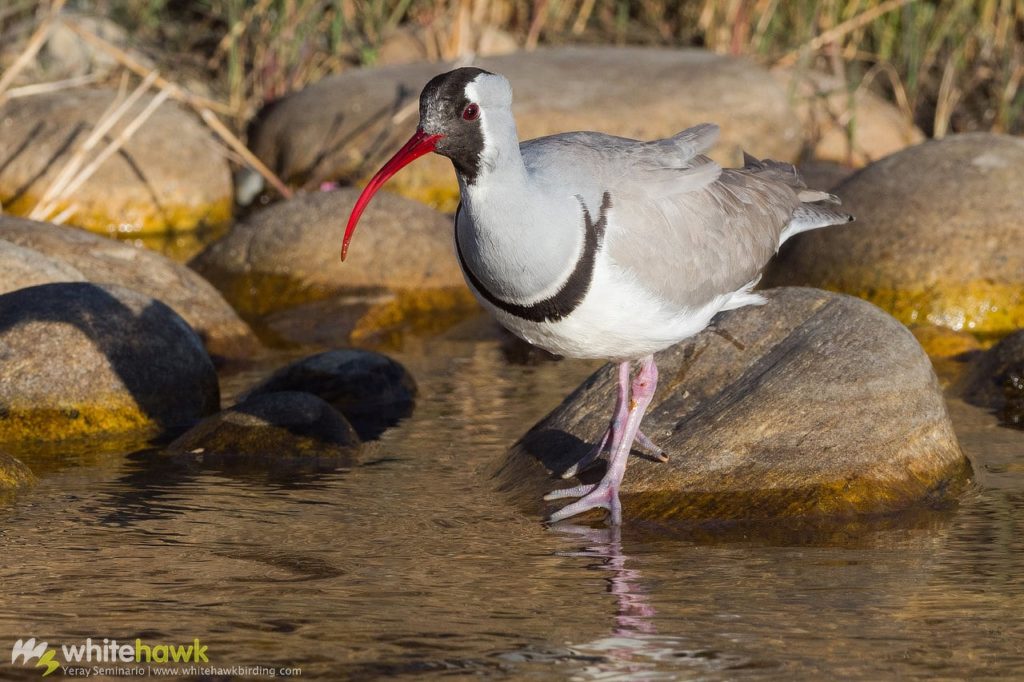
Why the Ibisbill
It could be argued that the Ibisbill is one of the most striking waders ever. Its down-curved scarlet bill and salmon-colored legs combined with the chiaroscuro effect of its contrasting gray, black, and white feathers are hard to beat. Plus, I remember so clearly the first time I saw one. It was on Christmas day in 2016. I was leading a Whitehawk tour in search of Snow Leopards and other wildlife in the spectacular region of Ladakh, India.
On December 25, we awoke to a cold but beautiful morning in the town of Leh. After getting dressed (in multiple layers) and feasting on a wonderful breakfast, we grabbed our binoculars for a morning of birding. We piled into our vehicle and began to wind through the streets of Leh, passing merchants setting up their stalls, and men, women, and children going about their day. After about a twenty minute drive, we passed over the Choclamsar Bridge. This narrow bridge is covered in prayer flags and crosses over the icy Indus River – our first stop.
We walked along the bank of the river. We took in the rushing sound of the flowing water and the much needed warmth of the rising sun. Right away, we saw some great birds. We observed Common Greenshank and Solitary Snipe along the water’s edge. White-winged Redstarts dotted the trees and river banks like ornaments. We even caught a brief glimpse of a Mountain Weasel before it scurried off into the bushes. After an hour or so, we returned to the bridge to scan the other side of river. And there they were – two Ibisbills walking in the water, foraging for their breakfast. They waded up and down the river, submerged nearly to their bellies in the freezing water, seemingly oblivious to the cold.
Though the main goal for our trip was seeing the Snow Leopard (which we did!!!), seeing the Ibisbill brought such joy to the whole group. We remained for a long time, just watching the pair, also just going about their day, probably unaware of how happy they made us. We chose our the Ibisbill as our Bird in Focus because of its sheer elegance and the joy it brings us every time we are lucky enough to see one.
Some Facts about the Ibisbill
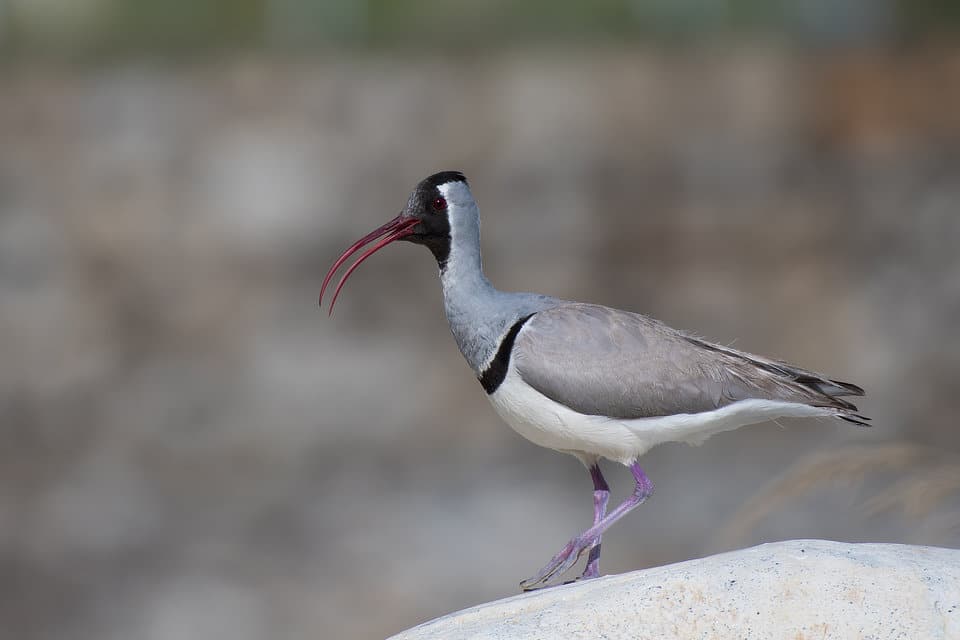
- The Ibisbill’s scientific name is Ibidorhyncha struthersii
- It feeds on aquatic invertebrates such as mayflies and stoneflies, as well as beetles and crustaceans. It also eats fish.
- It forages for food by walking along river banks or wading, sometimes belly deep, in water.
- Ibisbills are mostly monogamous and pairs can remain in the same territory for many years
- It is categorized as Least Concern by the International Union of Conservation of Nature
- Ibisbills nest on the ground.
- The female will lay her eggs in a small depression which she may line with pebbles.
- When in Ibisbill habitat, scanning river rocks on quietly meandering streams or rushing rivers, and a bit of patience and luck will surely reward you with a sighting of this spectacular bird.
Where to see the Ibisbill – India
In the winter and early spring, Leh, Ladakh India can be quite cold and stark, but it is incredibly beautiful. This trip starts with a local flight from Delhi to Leh. Our first day consists of rest and enjoying delicious Indian cuisine, while our bodies acclimate to this high elevation region nestled in the Himalayas. The following morning, though still careful to take it easy, we begin to explore the surroundings. We do some birding along the river ways and wetlands near town, visit beautiful monasteries, and visit the local market. Here is our best chance for spotting an Ibisbill. The next 6 nights we spend camping or in homestays in the expansive Hemis National Park. Here, we are in search of the areas most iconic mammals: Snow Leopards, Blue Sheep, Red Fox, Woolly Hare, Urial, and more.
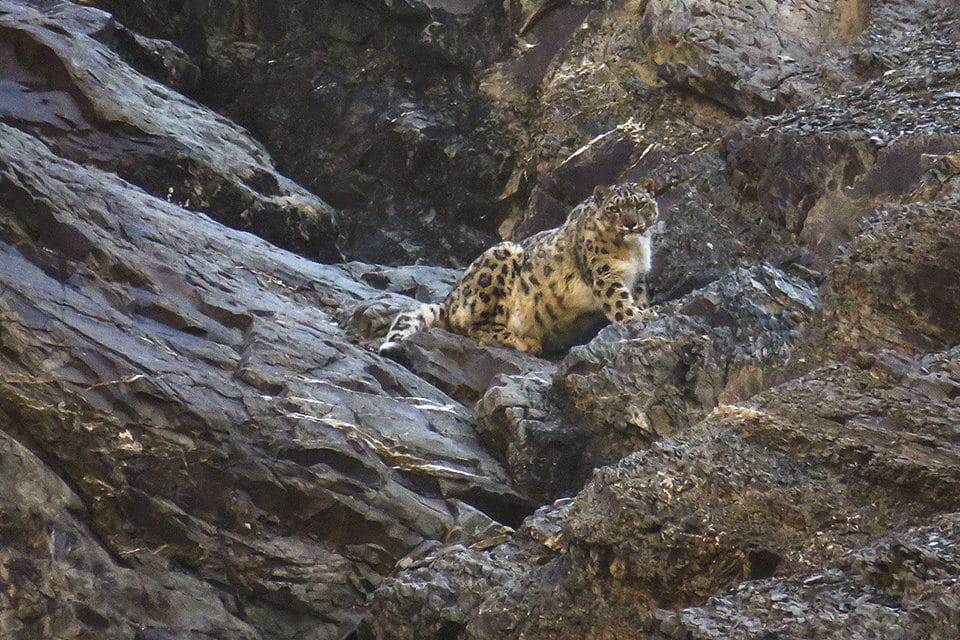
Snow Leopard, Blue Sheep, Robin Accentor, and Tibetan Partridge are some species we can see alongside the Ibisbill in this region of India.
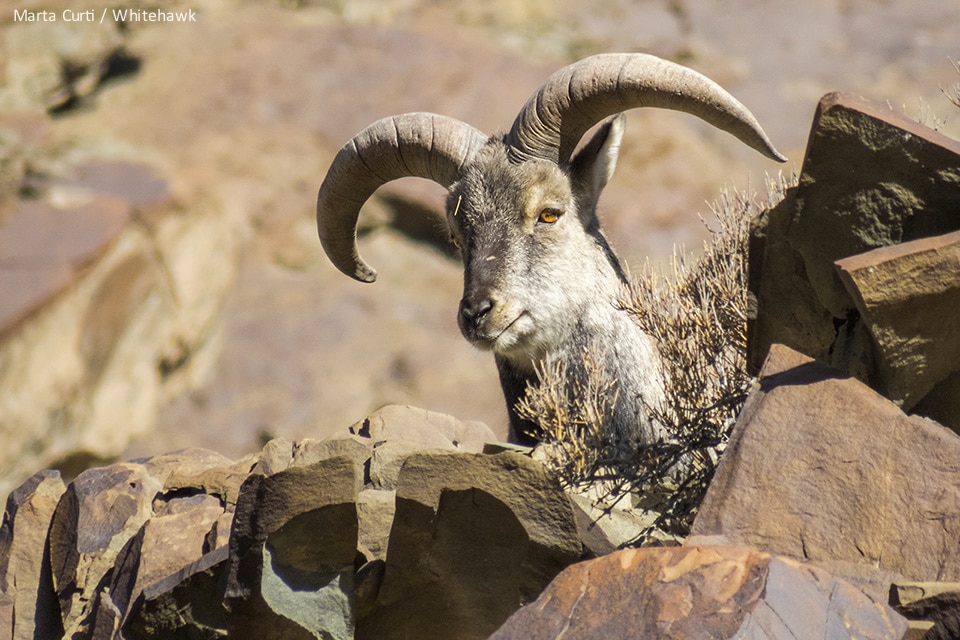

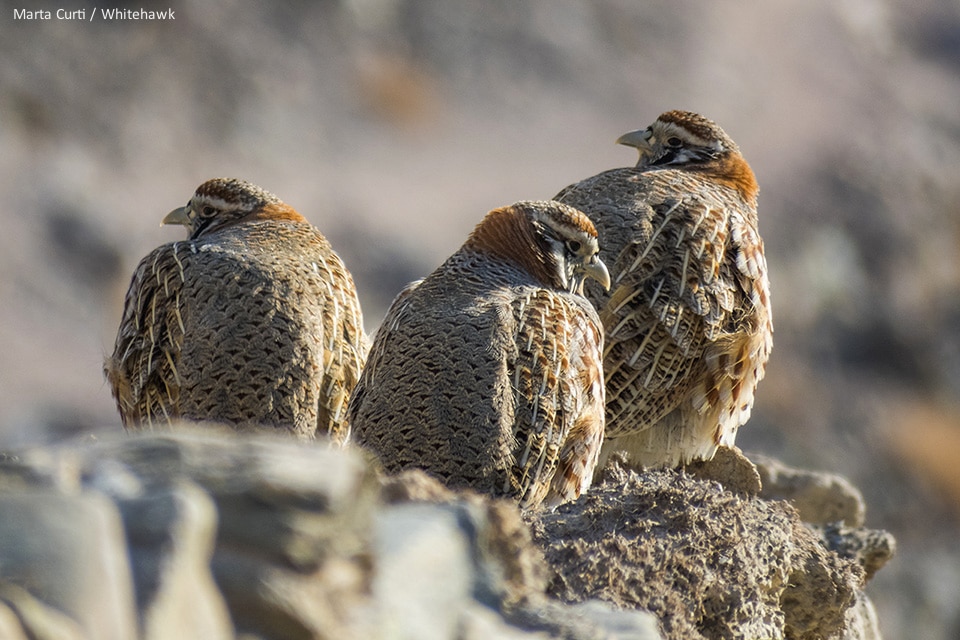
Where to see the Ibisbill – Bhutan
Bhutan is another fabulous place to find Ibisbills. Over 650 bird species have been documented in this nation that borders India. Our tour starts near the southeastern end of the country, then traverses westward across central Bhutan. We are birding all the way. Over the following 16 days, we can expect to see 300-350 species of birds. We will also enjoy visiting some of the country’s most famous monasteries and museums, enjoy delicious, traditional cuisine, explore a variety of stunning landscapes, and have the chance to search for some mammals including Red Panda!
Himalayan Monal, Slaty-backed Forktail, Red-headed Trogon, and Himalayan Cutia are some of the birds we can see while on a tour in Bhutan.
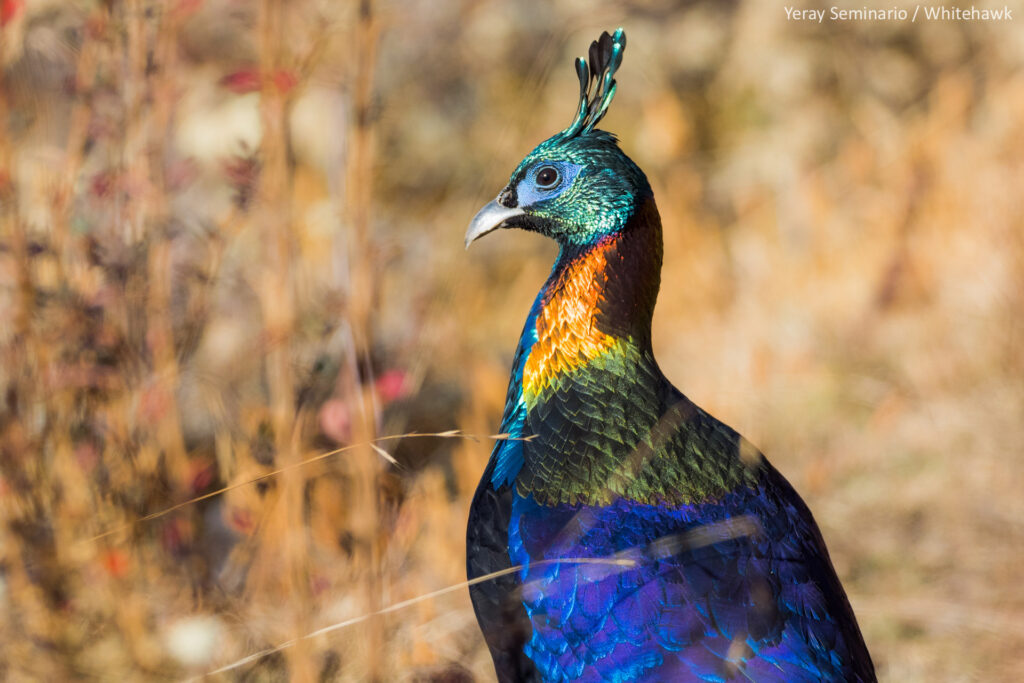
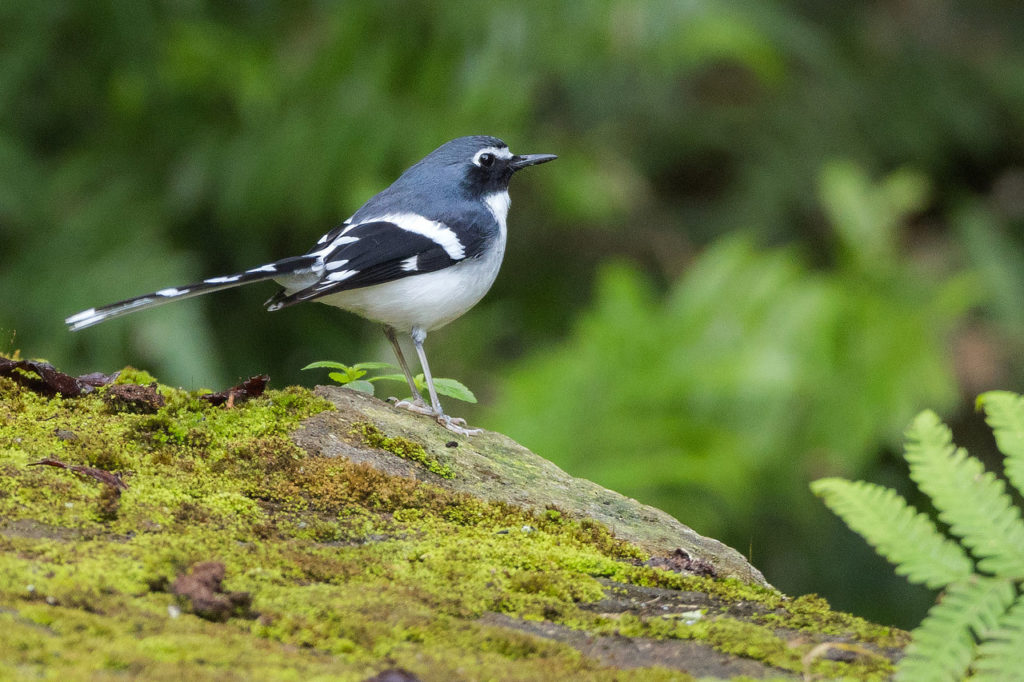

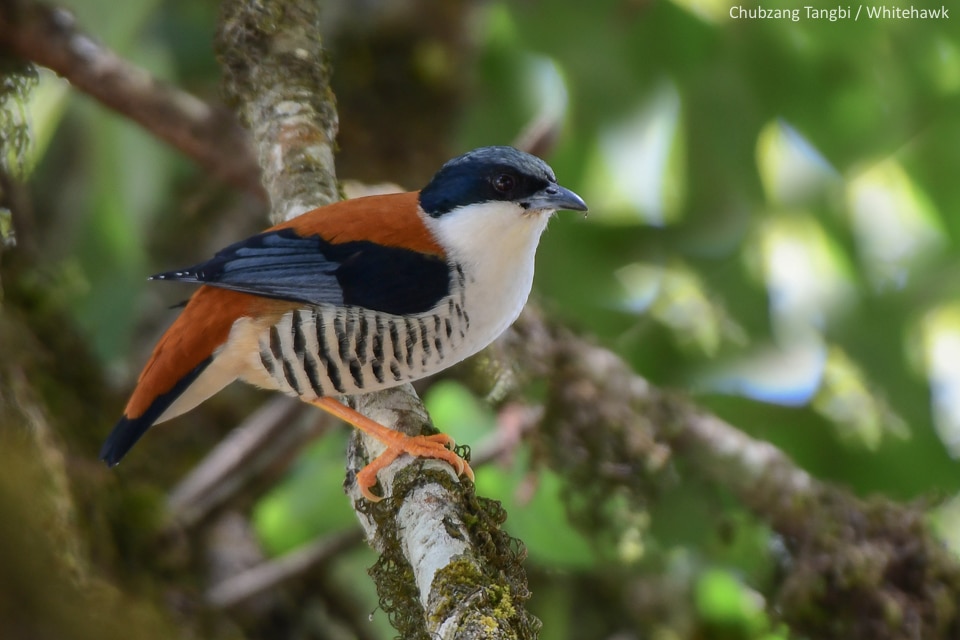
References:
Knystautas, A.J. and G. M. Kirwan (2020). Ibisbill (Ibidorhyncha struthersii), version 1.0. In Birds of the World (J. del Hoyo, A. Elliott, J. Sargatal, D. A. Christie, and E. de Juana, Editors). Cornell Lab of Ornithology, Ithaca, NY, USA. https://doi.org/10.2173/bow.ibisbi1.01

